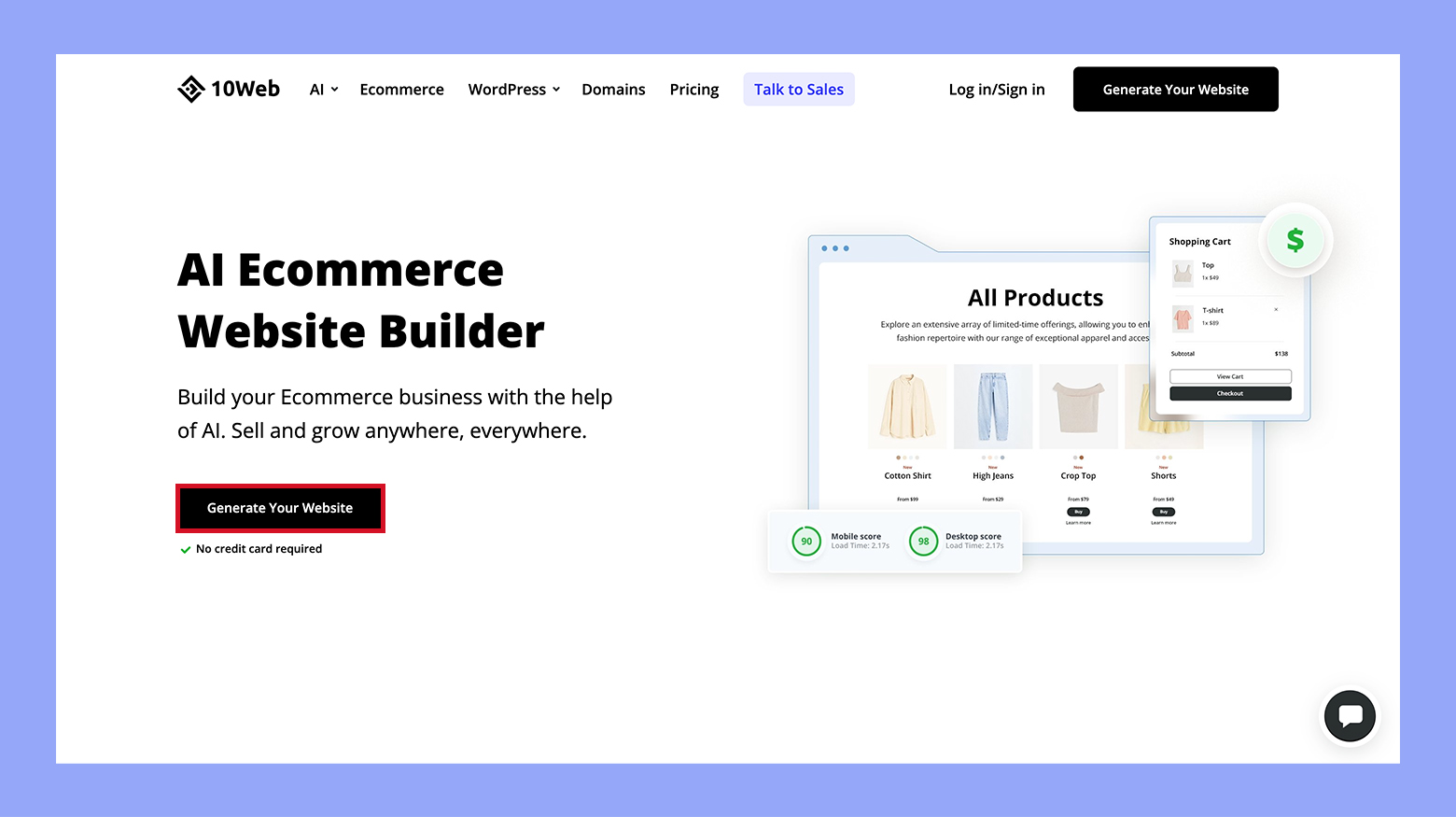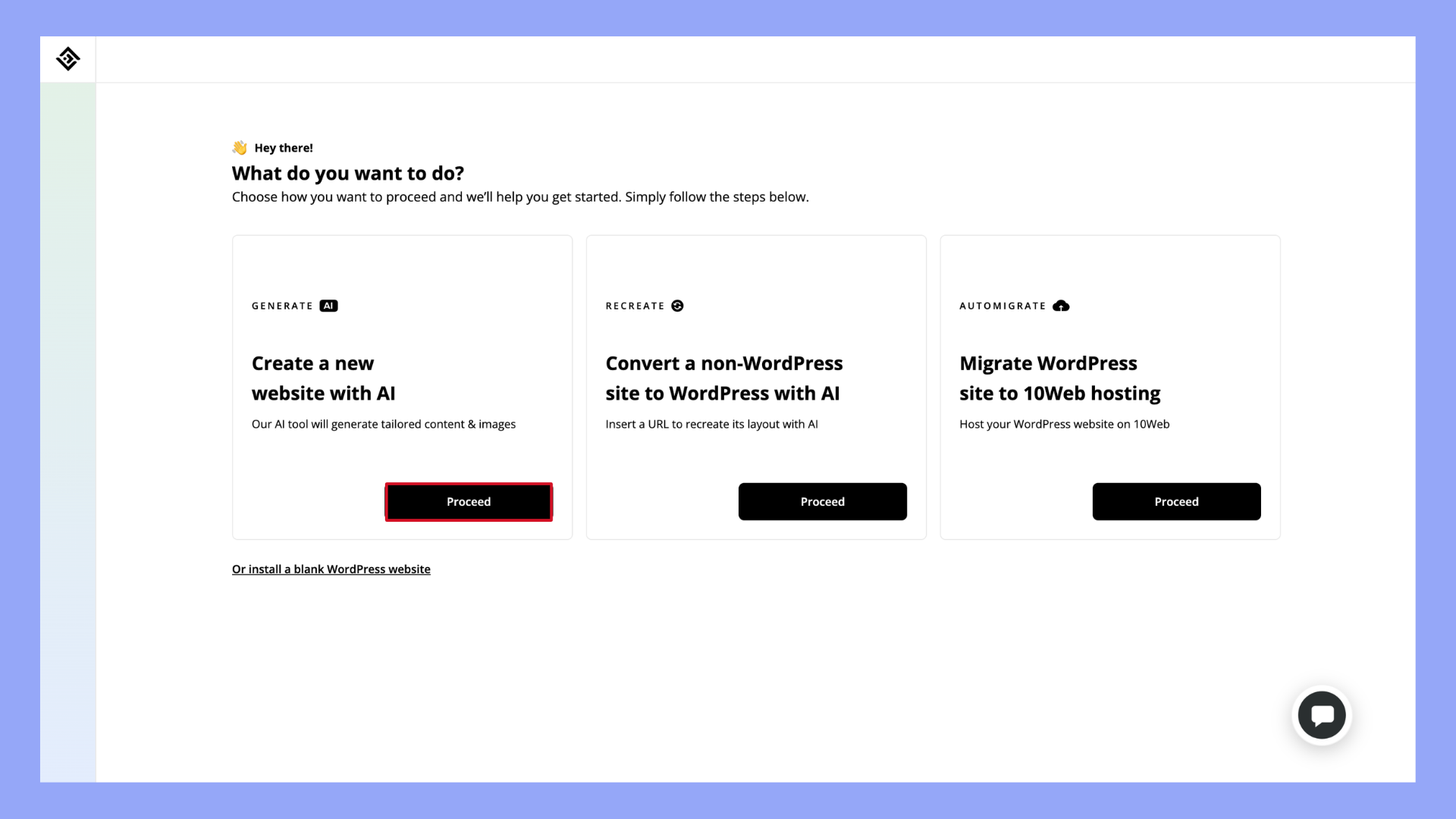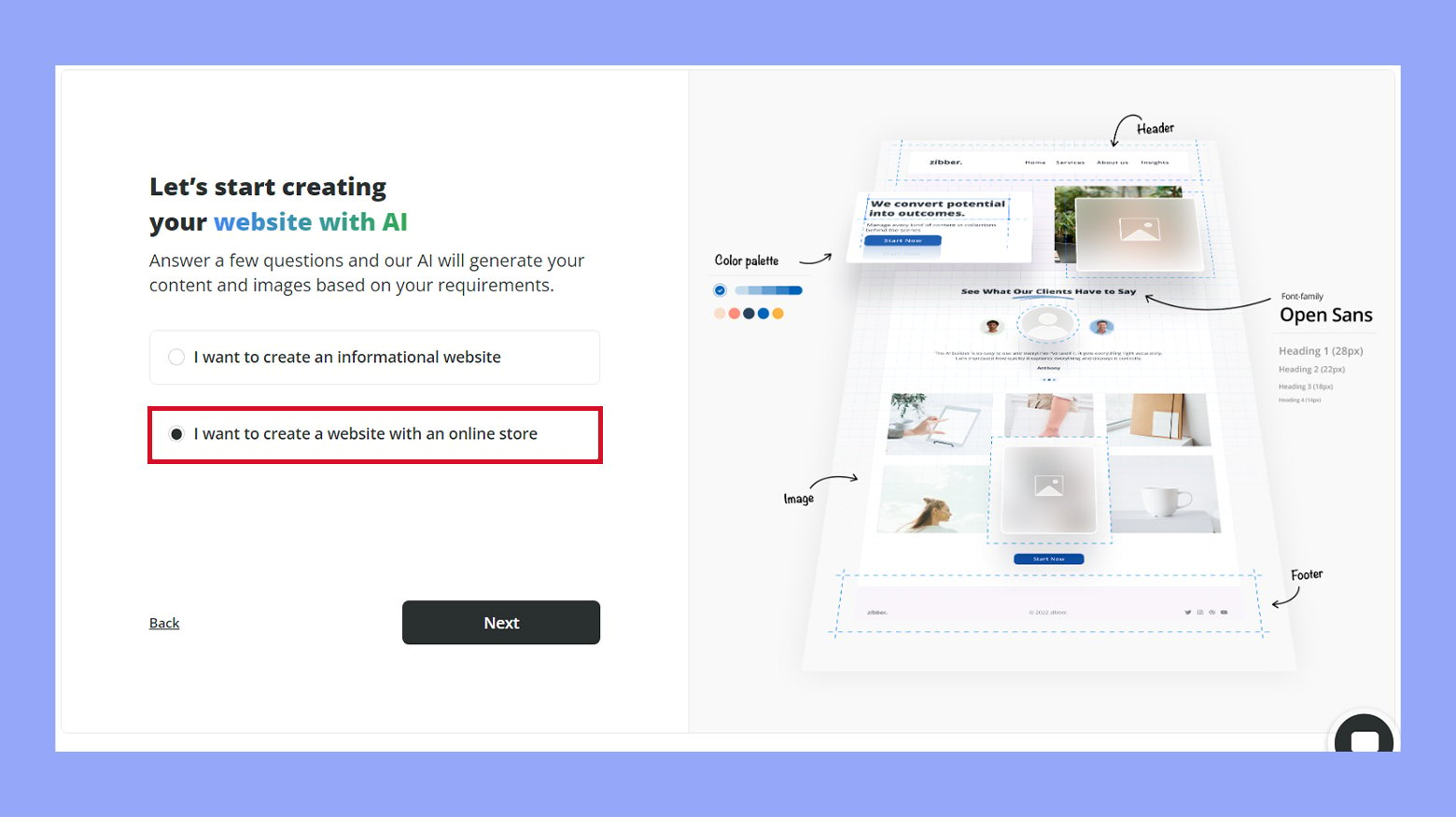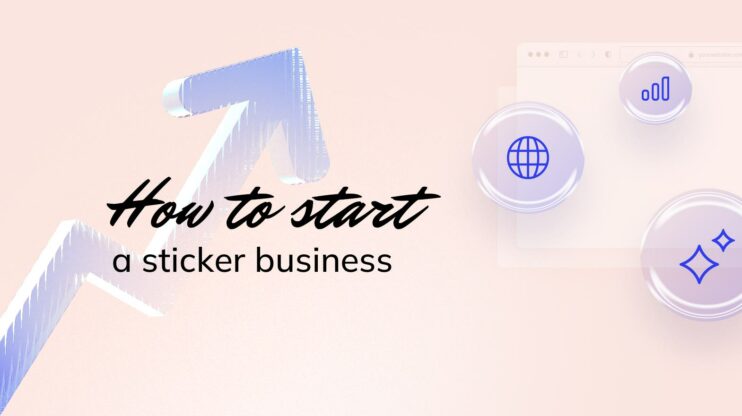Starting an ecommerce business offers great opportunities and excitement, from the potential for global reach to the flexibility of operating from anywhere. This guide covers essential steps for beginners, including planning, choosing a business model, market research, financial planning, and brand development.
Approach this business strategically, using digital tools and market insights to build a successful online store. The thrill of creating a unique brand and the satisfaction of meeting customer needs make ecommerce a dynamic and rewarding business.
FAQ
How do I start my first ecommerce business?
How much do you need to start an ecommerce business?
Is ecommerce actually profitable?
Which ecommerce is most profitable?
How to create an ecommerce website?
Stage 1: Making key preparations for your ecommerce business
Creating a solid business plan is essential for launching a successful ecommerce business. This plan will guide your business from the initial idea to a fully functioning online store.
Step 1: Identify your business model
Decide on a business model that suits your idea. The four common models are B2C (Business to Consumer), B2B (Business to Business), C2C (Consumer to Consumer), and C2B (Consumer to Business).
- B2C: Sells directly to consumers, like an online clothing store.
- B2B: Provides products or services to other businesses.
- C2C: Consumers sell to each other on platforms like eBay.
- C2B: Consumers sell products or services to businesses.
Choosing the right model will focus your strategy and affect your marketing efforts.
Step 2: Research the competition market
Study your market thoroughly and understand your competitors. Identify gaps or opportunities that your business can fill. Use tools like Google Trends, SEMrush, and social media insights to gather data. Keeping up with trends you stay relevant and competitive. On top of the mentioned tools, use TrendHunter and Think with Google to see what’s gaining popularity.
The goal is to align your product offerings with current and upcoming trends, ensuring they resonate with your target audience. Have the answers to these questions:
- Market size: How big is the market for your product?
- Trends: What are the current trends in this market?
- Competitor analysis: Who are your main competitors, and what are they doing well?
Create a SWOT analysis (Strengths, Weaknesses, Opportunities, Threats) to clearly understand your position and compare your business to the competition.
Step 3: Define your target audience
Identify who will buy your products. Define their age, location, interests, and online habits.
Understand things like who needs or wants your product, what problem they have that your product solves, and where they hang out online.
Based on the information you gather, create customer personas to represent your ideal customers. These personas will help tailor your marketing and product offerings.
Step 4: Do the financial planning
Plan your finances carefully. Outline your startup costs, ongoing expenses, and revenue projections.
Key answers include everything from website setup to initial inventory, personal savings, loans, investors, or crowdfunding and how you will make money e.g., sales, subscriptions, etc.
Create a detailed financial projection for at least the first year. This plan will help you secure investment and manage your cash flow.
Crafting your ecommerce business plan is a critical step to ensure your business is ready to succeed.
Evaluate profit margins
Understanding profit margins is key to a sustainable business. Calculate the costs of sourcing, shipping, and marketing your products. Compare these costs to the selling price to see your potential profits. Look for products with a substantial markup that still provide value to your customers. This will help you cover expenses and achieve your financial goals.
Stage 2: Establishing your ecommerce business and brand
Creating a strong brand for your ecommerce business sets the foundation for your success. It includes selecting a name that stands out and designing a clear brand identity to attract customers and build trust. Establishing the groundwork will make the management easier later on.
Step 1: Design your brand identity
Your brand identity includes your logo, colors, and fonts. It’s how customers will visually recognize your business. Begin with a logo that represents what your business stands for. Creating a cohesive brand identity helps to build trust and makes it easier for customers to remember and choose your business again.
Create a logo and choose the design components
The logo should be scalable and look good on different devices and printed materials.
Choose a color scheme that evokes the right emotions. For example, blue can convey trust and reliability, while red can signify excitement and urgency. Stick to 2-3 primary colors to keep your brand consistent.
Invest in a professional logo design ans use fonts that are easy to read. Consider maintaining visual consistency across all platforms after your band identity is established.
Select a compelling brand name
Picking a business name is crucial. It should be unique, memorable, and relevant to your products or services. Avoid generic names that don’t stand out. Your name is the first impression customers will have of your brand, so it needs to resonate.
Insead of spending time and effort on brainstorming name ideas, use tools like name generator for name suggestions based on your industry and business description.
Next stage comes checking domain availability and making sure the name isn’t already taken or trademarked. You get the choices by the tools and have all the flexibility to choose the one that fits your preferences.
When you describe your business and get some choices, you can follow these tips for selecting the best business name. Make sure it is short, simple, easy to spell and pronounce, and most importantly reflects your brand’s personality.
Step 2: Choose the right ecommerce platform
When setting up your online store, selecting a platform that simplifies the creation and management process is crucial. 10Web
AI Ecommerce Website Builder offers a streamlined, AI-driven approach to building your ecommerce site, ensuring an efficient and customizable experience. This platform allows you to launch a professional-looking store quickly, leveraging the power of AI to generate tailored content and designs that align with your business goals.
Selecting the right ecommerce platform is essential. These platforms provide tools to help you set up and manage your store with ease.
Think about the features you need. For instance, inventory management, customer support, and compatibility with payment gateways. Some platforms offer built-in features, while others may require additional plugins.
Evaluate pricing plans. Most platforms charge a monthly fee, and the cost may vary depending on the features offered. Look for a platform that provides a good balance between cost and functionality.
Step 3: Create an ecommerce website
When setting up your online store, selecting a platform that simplifies the creation and management process is crucial. Also, creating an attractive and functional website is vital. 10Web AI Website Builder is an advanced tool that can help you design a professional site without needing technical skills.
Here’s a step-by-step guide on how to build a website using the 10Web AI Website Builder, specifically for creating an ecommerce store:
- Go to the 10Web AI Ecommerce Website Builder and click on the Generate Your Website button.

- Select Proceed to create a new website with AI.

- Select I want to create a website with an online store.

- Select your business type and describe your business, so that the tool can create a customized website for you. Here I have described my store and selected “Enhance with AI” which has made my description more comprehensive. Proceed with Next, then clarify the product selection and click Generate.

- After these steps, here is the ecommerce store that the 10Web AI Website Builder created for me. It is clean, functional, and ready to customize and use.

Passing through this process 10Web’s AI capabilities will simplify the creation of a professional-looking ecommerce website, allowing you to focus on refining the content and strategy to better serve your customers.
Integrate payment gateways
Offering multiple payment options makes it easier for customers to complete their purchases. Payment gateways like PayPal, Stripe, and Square are popular choices.
When integrating payment gateways, ensure they are secure. Customers will only trust your store if their payment information is safe.
After you have set up your ecommerce store with 10Web, go to my.10web.io dashboard, and select Ecommerce > Payment methods. Set up the payment method and enjoy selling online.
Enable multiple currencies if you plan to sell internationally. This can attract more customers and increase your sales.
Make sure the checkout process is simple and quick. A complicated process can lead to abandoned shopping carts and lost sales.
These detailed steps will help you build a strong foundation for your online store, ensuring it’s both attractive and functional for your customers.
Create your custom online store in minutes with 10Web AI Ecommerce Website Builder and take your business online. 
Looking to sell online?
Step 4: Develop a marketing strategy
An effective marketing strategy is key to attracting and retaining customers for your ecommerce business.
SEO (Search Engine Optimization) helps your site rank higher in search engine results. Start by researching relevant keywords and incorporating them into your website content. Tools like Google Keyword Planner can be useful.
Quality content is also essential. Write blogs and product descriptions that provide value and include keywords naturally. Use internal and external links to boost your site’s authority.
Step 5: Use social media and email marketing
Social media platforms are crucial for driving traffic to your ecommerce site. Focus on platforms where your target audience spends the most time. Create engaging content, such as product showcases, behind-the-scenes looks, and customer testimonials. Use hashtags to increase your posts’ visibility.
Paid ads on social media can also be highly effective. Facebook Ads and Instagram Ads allow you to target specific demographics and track the performance of your ads. Regularly interact with your followers by responding to comments and messages to build a loyal customer base.
Email marketing and customer acquisition
Email marketing is a powerful tool for nurturing leads and turning them into customers. Start by building an email list through sign-up forms on your website. Offer incentives like discounts or free shipping to encourage sign-ups. Send personalized emails that address the recipient by name and recommend products based on their browsing history.
Segment your email list based on customer behavior and preferences. This allows you to send targeted emails that are more likely to convert. Use tools like Mailchimp or Constant Contact to automate your email campaigns. Monitor your email performance with metrics like open rates and click-through rates to refine your strategy.
Step 6: Register your business
Choosing the right business structure is important. Each structure has its own benefits and responsibilities. You should proceed with the one that fits your business specification and the products you sell. Here’s a simple list to understand the main types:
- Sole proprietorship: Easy to set up; you’re the sole owner.
- Partnership: Two or more people share ownership.
- Limited liability company (LLC): Offers personal liability protection and is flexible with taxes.
- Corporation: More complex, providing strong protection from personal liability.
You’ll need an employer identification number (EIN) from the IRS, except for sole proprietorships. Getting an EIN is easy and can be done online. With an EIN, you can open a business bank account and file business taxes.
Understand permits and licenses
Operating an ecommerce business also requires the right permits and licenses. Here are key points to consider:
- Business license: Almost all businesses need this to operate legally.
- Seller’s permit: Required in many states for collecting sales tax on online sales.
- Home occupation permit: Necessary if you’re running your business from home.
Permits vary by location and industry, so check with local authorities to ensure you’re compliant with regional laws. Organize your documents to avoid fines and ensure smooth operations.
For all documentation, keep copies in a safe place and regularly review requirements to stay updated on any changes.
Stage 3: Managing and organizing your ecommerce business
When starting an ecommerce business, organizing logistics and operations is critical for ensuring that customers receive their orders on time and in good condition. This involves finding reliable suppliers, managing inventory, and setting up efficient shipping processes.
Step 1: Find suppliers and manufacturers
Finding the right suppliers and manufacturers is essential if you want to start an ecommerce business. Start by researching potential suppliers who offer the products you want to sell. Look for suppliers with a good reputation for quality and reliability.
Consider attending trade shows or using online platforms like Alibaba to connect with manufacturers. Build strong relationships with your suppliers and negotiate terms that work for your business, such as pricing, minimum order quantities, and delivery times.
Step 2: Manage inventory and fulfillment
Effective inventory management ensures you have the right products available when customers place orders. Use inventory management software to keep track of stock levels and automate reordering. This helps prevent overstocking or running out of items.
Decide whether you will handle fulfillment in-house or use a third-party logistics (3PL) provider. If you choose in-house, set up a clean, organized space for storing products, and create a system for picking, packing, and shipping orders. If you go with a 3PL, select one with a proven track record of reliability.
Step 3: Set up shipping
Setting up efficient shipping and handling processes is crucial for customer satisfaction. Choose shipping carriers that offer reliable services at competitive rates. Depending on your business size, you may benefit from partnering with multiple carriers to offer customers a range of shipping options.
Include shipping costs in your pricing strategy and decide whether to offer free shipping, flat-rate shipping, or calculated shipping. Invest in quality packaging materials to protect products during transit and reduce the likelihood of returns due to damage.
Use shipping software to streamline the process, print labels, and track shipments. Ensure your website communicates shipping options and estimated delivery times to customers. This transparency builds trust and enhances the overall shopping experience.
Step 4: Launching your ecommerce business
To create buzz for your new ecommerce platform, you need a solid marketing strategy. Start by announcing your upcoming launch on social media. Use platforms like Instagram, Facebook, and Twitter to share sneak peeks and behind-the-scenes content.
Email marketing is another powerful tool for starting an ecommerce business. Build an email list and send out regular updates. Consider offering early-bird discounts or exclusive launch day offers to encourage sign-ups.
Collaborate with influencers within your niche to reach a broader audience. Their endorsement can lend credibility and attract potential customers. Tease your products and highlight what sets your store apart from the competition.
Interactive content such as countdown timers on your website and contests on social media can also keep your audience engaged and excited for the big day.
Launch day is the culmination of all your hard work. Make sure your website is ready for increased traffic. Ensure your inventory is well-stocked. Nothing frustrates customers more than finding items out of stock right after launch.
Step 5: Analyze your business performance
Analyzing your ecommerce business performance helps you make better decisions and improve your store. It involves looking at data, tracking key performance indicators (KPIs), and paying attention to customer feedback.
Analytics involves collecting data about your online store’s activity. This includes website traffic, sales, and customer behavior. Tools like Google Analytics can help you track this information. KPIs are specific metrics that show how well your business is doing. Examples of KPIs include:
- Revenue growth: Measures how much your income is increasing.
- Conversion rate: The percentage of visitors who make a purchase.
- Customer acquisition cost: The cost of gaining a new customer.
To get started with analytics and KPIs:
- Set up an analytics tool: Use Google Analytics or a similar tool.
- Identify key metrics: Focus on metrics that align with your goals.
- Regularly review data: Check your metrics at least once a month.
- Adjust strategies: Use the data to improve your marketing, products, and customer service.
Monitor customer feedback and reviews
Customer feedback and reviews provide valuable insights into how your business is performing from the customer’s perspective. Positive reviews can highlight what you’re doing right, while negative reviews can show areas for improvement.
To effectively monitor feedback as your customers to leave reviews after a purchase, use sites like Google Reviews and Trustpilot. Make sure you address both positive and negative reviews professionally and always analyze trends to identify your strengths and weaknesses.
By keeping a close eye on customer feedback, you can make data-driven decisions to enhance the customer experience and boost your ecommerce business.
Step 6: Expand your product lines
Adding new products to your store can draw new customers and keep current ones returning. Start by researching what products are popular in your niche. Look for gaps in the market where you can offer unique items. Surveys and customer feedback can provide useful insights into what your audience wants.
Next, perform a cost analysis to make sure it’s profitable to introduce these products. Consider factors like production, storage, and shipping costs. Use metrics such as profit margins and return on investment to decide if a product is worth adding. This careful planning helps minimize risks.
Finally, create a marketing plan for new products. Use social media and email marketing to announce launches and offer promotions. Collaborate with influencers to reach a broader audience. The key is to build excitement to boost initial sales and gain momentum.
Conclusion
Starting an ecommerce business is not just about benefiting from the digital age but mastering it. The steps outlined from strategic planning to brand creation are integral to building a robust foundation for your online store.
By carefully choosing your business model, performing detailed market research, and diligently planning your finances, you establish a pathway for growth and sustainability. As you start your entrepreneurial journey, remember that the ultimate goal is not just to sell products but to create an experience that delights customers and keeps them coming back. With the right tools and persistence, your ecommerce business can thrive in the digital marketplace.
Create your custom online store in minutes with 10Web AI Ecommerce Website Builder and take your business online. 
Looking to sell online?
















